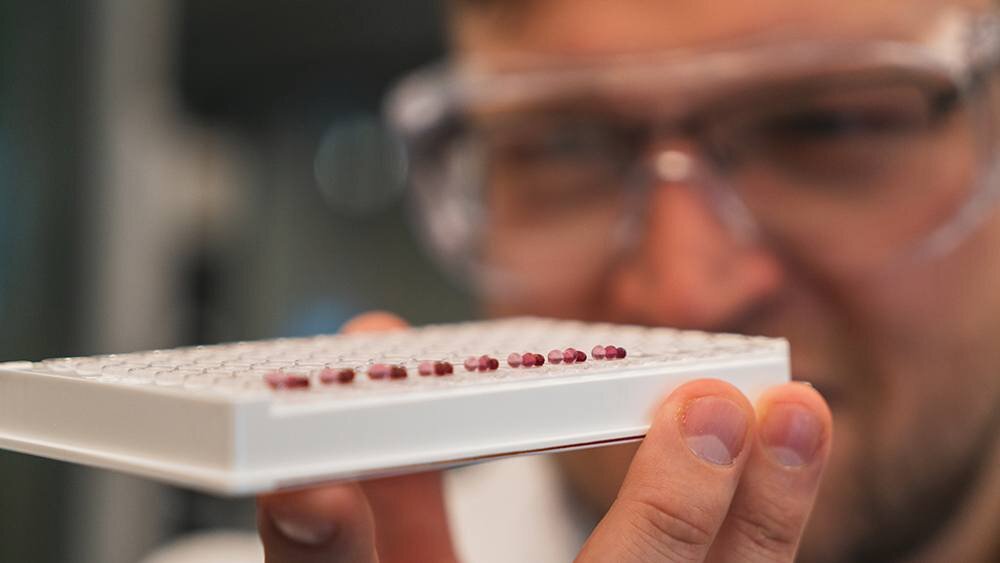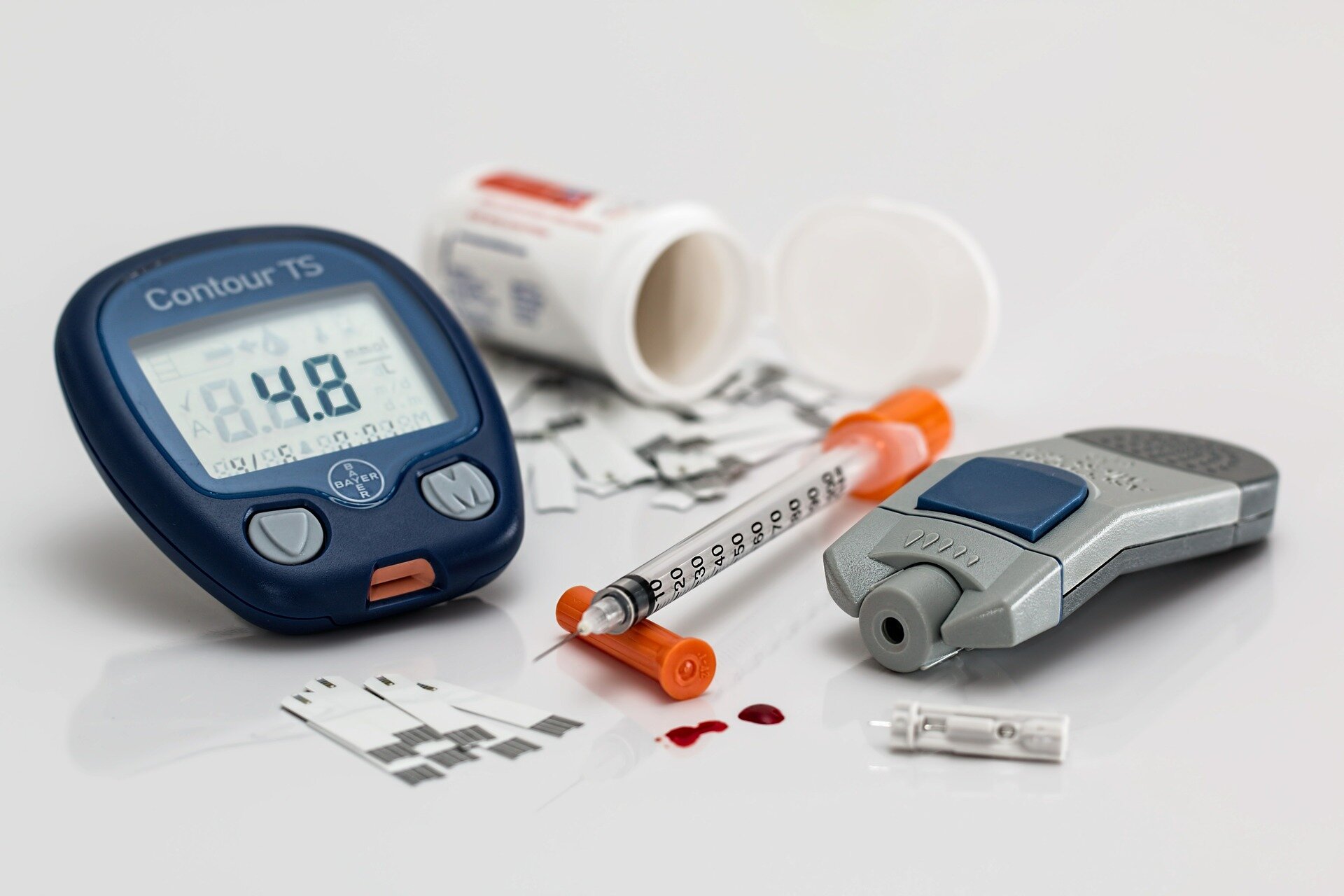#Developing new ways to diagnose preeclampsia

“#Developing new ways to diagnose preeclampsia”

Researchers at Texas A&M University are developing novel tests to diagnose preeclampsia earlier in a pregnancy, even before symptoms occur, allowing hospitals to better treat pregnant patients.
Preeclampsia—a pregnancy complication that can lead to organ damage, especially in the liver and kidneys —is one of the leading causes of maternal and baby deaths during pregnancy. Current diagnosis typically occurs very late in the pregnancy (around the 20th week) by documenting common symptoms such as high blood pressure, protein in the urine and swelling in the legs. However, an added complication is that these symptoms resemble many common side effects associated with a healthy pregnancy. Sometimes there may also be no symptoms even if preeclampsia exists.
“What we’re looking for is more specific biomarkers that could be monitored and addressed,” said Samuel Mabbott, assistant professor in the Department of Biomedical Engineering.
The research is being developed in collaboration with Gerard Coté, professor in the Department of Biomedical Engineering and director of the Texas A&M Engineering Experiment Station Center for Remote Health Technologies and Systems, and Mahua Choudhury, associate professor in the Texas A&M College of Pharmacy.
“To better diagnose the condition, we are developing an assay on paper that, using a drop of blood and a small hand-held meter, can measure a biomarker in the blood much earlier in the pregnancy. Further, by using paper-based systems the technology is better suited for low resource settings, where preeclampsia is even more prevalent,” Coté said.
Coté and Mabbott have a keen interest in developing diagnostic tests that can be utilized in underserved, under-resourced and often remote environments. Both are also developing cardiac and diabetes diagnostic and monitoring tests for these populations as part of an Engineering Research Center funded by the National Science Foundation called Precise Advanced Technologies and Health Systems for Underserved Populations.
The current testing relies on microRNA, noncoding RNA sequences in the body that are involved in protein creation. Mabbott said compared to antibody-based testing, microRNA may help clinicians detect diseases earlier.
“Antibodies, or antigen-based diagnostics, are understandably well utilized. Their levels can be used to quantify disease states,” Mabbott said. “The problem is it takes a long time for those biomolecules to achieve detectable levels. Levels of disease-related microRNA levels are perturbed much earlier in the disease cycle.”
Along with microRNA, the team also aims to find histones—a specific family of proteins. Changes in expression of both of these biomarkers can be monitored and measured to better detect patients who are more susceptible to preeclampsia.
One challenge Mabbott said is identifying emerging disease biomarkers and most significantly, clinically validating them. By combining the detection of microRNAs and histones in one multiplexed paper fluidic device, it is hoped that the robustness and accessibility of the test will increase.
The long-term goal is to have a test that can be easily administered to pregnant patients in any circumstance and provide test results within 30 minutes.
“Since the test itself is novel and the targeted biomarkers are revolutionary, it is incredibly exciting to be working on the project,” Mabbott said. “We’re trying to think ahead by using both emerging biomarkers and accessible test formats.”
Novel biomarker discovery could lead to early diagnosis for deadly preeclampsia
Citation:
Developing new ways to diagnose preeclampsia (2021, April 9)
retrieved 9 April 2021
from https://medicalxpress.com/news/2021-04-ways-preeclampsia.html
This document is subject to copyright. Apart from any fair dealing for the purpose of private study or research, no
part may be reproduced without the written permission. The content is provided for information purposes only.
If you liked the article, do not forget to share it with your friends. Follow us on Google News too, click on the star and choose us from your favorites.
For forums sites go to Forum.BuradaBiliyorum.Com
If you want to read more Like this articles, you can visit our Science category.


